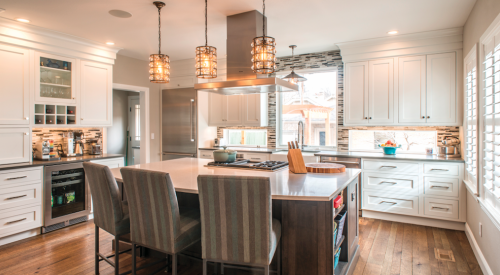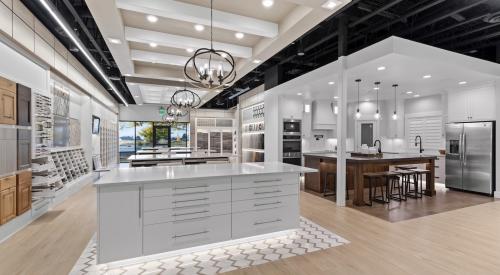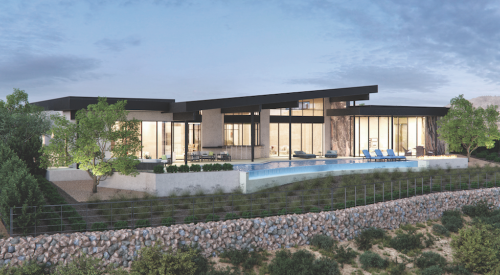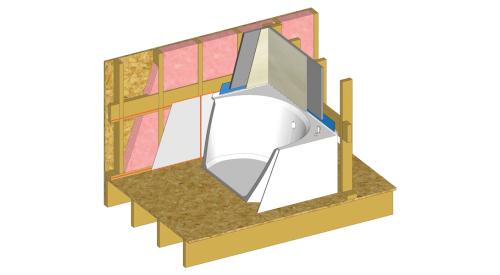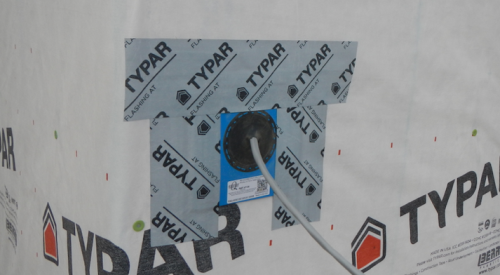What? and Where? are the questions at the heart of making an inventory program work. For me, the secret is simple. Start with where a spec home makes sense for your business, within the larger context of optimizing that inventory slot in your global inventory program. Once you’ve selected a neighborhood and defined the mission of that particular home, decide on a price point that should move relatively quickly in that location. Remember, a home that turns once and makes $50,000 contributes fewer dollars than one that turns twice and contributes $40,000 each time. Additionally, the second case also reduces carry costs such as taxes and interest on another lot. The following can act as a checklist of not only how to create inventory, but how to manage it, as well.
Most Important: Acceptable Comfort Level for the Builder
It makes no sense to add significant stress to an already stressful profession. The most important single factor in determining the size of your inventory program is deciding how many unsold houses you can accept without constant worry. And, while the first of our core beliefs states, “There is a place for inventory in every builder’s business plan,” it’s completely possible for a builder to acknowledge this fact and still be unwilling (or emotionally unable) to maintain an inventory position.
Limiting Factors: Available Credit and Capital
For many builders, available capital and access to credit are the limiting factors in designing a viable inventory program. If you don’t have these things, obviously it’s a constraint—but even if you do, the real risk here is the lost opportunity cost if you utilize these resources for inventory and miss out on alternative uses that might have provided even greater profits.
Need to Know: Current Inventory Levels in the Market
It is possible to compete against other inventory, but it’s far better, and usually more profitable, to create inventory where competition, at least at the micro level, is minimal. If you must compete, look carefully for any flaws in the competition so that your house will be superior in some obvious way (for example, three-car garage, more bedrooms, better kitchen, etc.).
Be Honest: Quality of Your Abilities to Properly Manage Inventory
There is no better way to increase risk than to institute a poorly managed inventory program. The fundamental truth here is quite simple: Do not build inventory homes if you lack the commitment, resources, skills, and mindset necessary to:
• Properly select plans, options, and specifications;
• Properly study the competitive market and price your product accordingly;
• Understand that building inventory is about more than just increasing profits; and
• Accept that, as a rule, inventory often sells for a lower margin than pre-sold units do.
Operating an inventory program correctly is a learned skill. Don’t attempt to do it unless you’re prepared to spend the time needed to master those skills.
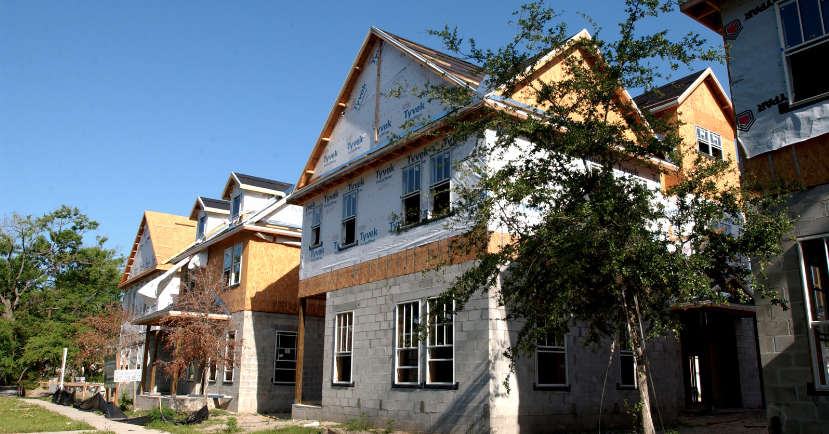
Dealing With Difficult Inventory
When inventory doesn’t move in a reasonable time, this is typically the result of one of the following:
1. Something is wrong with the lot.
When building inventory, the actual lot selection process requires careful planning and a detailed analysis at both the micro and macro levels. With a few exceptions, the best course is to build inventory on mid-quality lots. Your worst lots will be a negative factor that many buyers will not accept, regardless of price. Your best lots will move without inventory and are typically at the core of your built-to-order sales. But, beyond this basic truism, there are many other factors to consider:
• Visibility: Inventory that can be seen does more for you than inventory that cannot.
• Neighbors: Building adjacent to a more expensive home, or one with a premium elevation, helps establish the value of the proposed inventory.
• Ease of construction: Building on lots with one side open is usually easier and less disruptive than building between existing homes. One key benefit of inventory is that, right or wrong, you get to make the decisions, and decisions that make your life simpler can’t hurt. This is the same reason we preselect all of our choices from standard palettes rather than making each inventory home seem like a semi-custom build.
• Lot-specific opportunities: Many times, a given plan will work best on a lot with specific characteristics. Once you’ve selected the targeted house plan, it’s to your advantage to put it on a lot that enhances its specific physical characteristics, such as shape, dimensions, room orientation, and outdoor living opportunities. Some lots are simply difficult; others are less difficult with the right house plan and/or the right structural options.
2. Something is wrong with the plan.
Not all plans are good plans, and not all plans make for good inventory. When selecting a plan for an inventory home, try to anticipate the prototypical buyer and select a design that offers features and amenities that align with that buyer’s needs and wants. Buyers move for many reasons, but some of those related to house design—which you should analyze—are as follows:
• Room count (particularly bedrooms): In general, avoid two-bedroom plans and consider four bedrooms, especially if the home doesn’t include a designated study.
• More/better bathrooms: Consider dual-sink master baths and three- to 3½-bath plans for family-oriented homes.
• Adequate storage: One of the prime motivators for moving is more storage space. Don’t skimp on master closets, and consider the power of oversize or three-car garages.
• Bigger/better kitchens: The keys here are islands and eating bars. Additionally, many surveys of buyers list granite countertops as a sought-after feature, which can lend a feeling of luxury to a less expensive home.
3. Something is wrong with the price.
Buyers have choices, and it’s our job to create inventory that’s superior to the competition. This means that before you build any inventory, you need to study the available competition and make a detailed comparison between it and your product. If your product doesn’t compare well, you have several choices: You can improve the features and benefits to justify the price; you can improve (reduce) the price to justify inferior features and benefits; or you can go back to the drawing board for a different lot or a different plan as discussed above.
But what you can’t do is build a noncompetitive product and hope for the best. A successful, well-managed inventory program starts with good market intelligence and uses that information to make savvy product and pricing decisions.

4. The home is unfinished and lacks emotional appeal.
In other words, you are asking a potential buyer to “imagine” the finished product. Unfortunately, most customers lack this ability. If the home is the same plan as a finished model or finished spec, this problem is significantly mitigated. This is why I generally recommend that you totally finish any inventory that doesn’t have a completed similar version available for buyers to see.
Creating and managing a superior inventory program requires a real investment of time and resources. But for those prepared to do what needs to be done, building inventory should be both profitable and fun. So remember:
• Inventory is about turns—make sure your pre-construction cycle is minimal.
• Build only as many inventory homes as makes you comfortable.
• Never underestimate the importance of knowing the market and the competition.
• When building more than one inventory home in a community, mix up the plans and prices—your job is to create urgency in the mind of the buyer.

